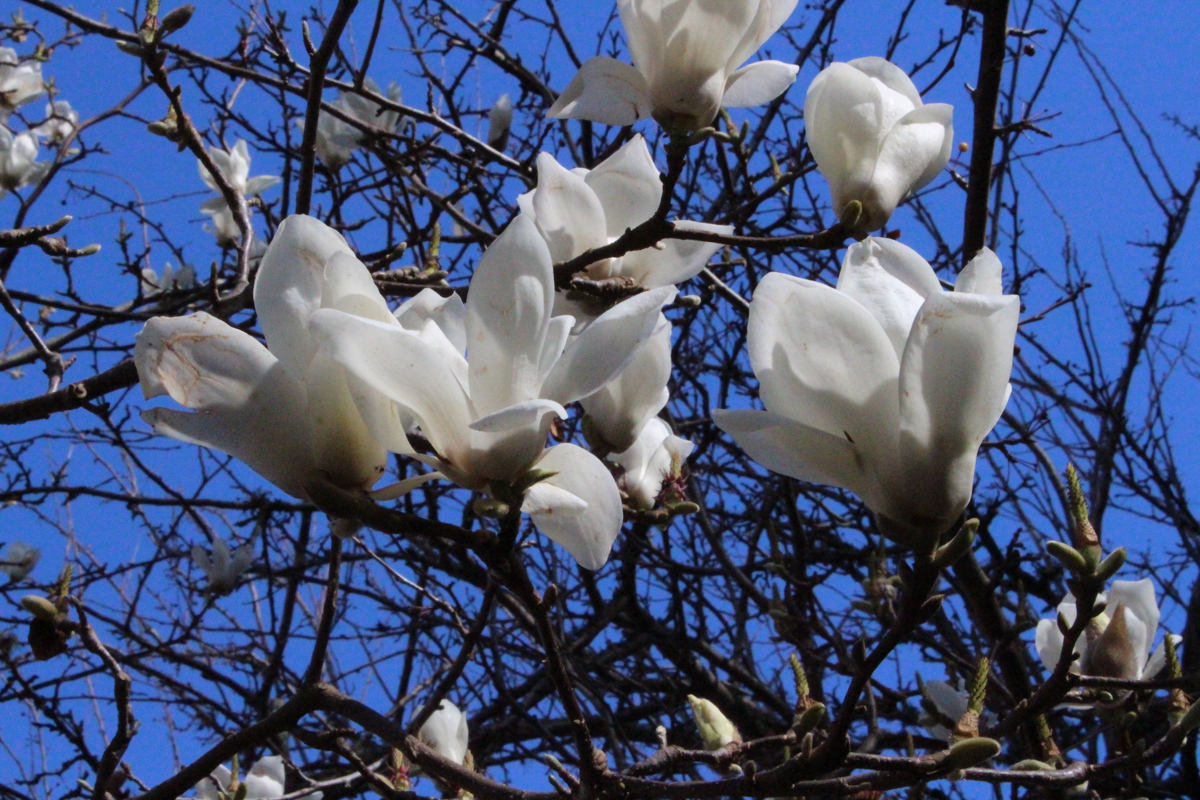Physical characteristics
A
Flowers and foliage
Pure
Preferred site
Prefers free-draining moisture retentive soils. Grows well in a sunny position with shelter from strong winds.
Preparation for planting
Always choose healthy well grown
T
Maintenance tips
Mulching
Magnolias require little maintenance and do not usually require pruning other than to remove deadwood and branches that rub against one another but if pruning is requi
Ecological and biodiversity benefits
Attracts bees and bumblebees.
Pests and diseases
Watch out for borer which is very common. It can get mildew if it's in the wrong position e.g. in a shady moist position. Wind damage can break branches which can lead to rot and dieback so ensure
Companion and combination plants
Meadow type
Location at Auckland Botanic Gardens
Urban
Interesting facts and tips
Magnolias are very ancient
The long history of magnolia cultivation goes back to the Tang Dynasty 618 AD. Its beauty was celebrated on ancient Chinese embroideries scrolls and porcelains in scenes of the countryside. Its elegant flowers made it ""a gift worthy of an emperor."" The petals are known as a delicacy dipped in flour and lightly fried. Today very old gnarled specimens can be found in Chinese temples and other public places throughout China.




.jpg?width=1200&height=1200&v=1d4024dceb89e50)

.jpg?width=1200&height=1200&v=1d5569224d63650)
 .jpg?width=1200&height=1200&v=1d4024df6ce2770)
.jpg?width=1200&height=1200&v=1d55676a892f2b0)
 .jpg?width=1200&height=1200&v=1d4024e3b65f7f0)